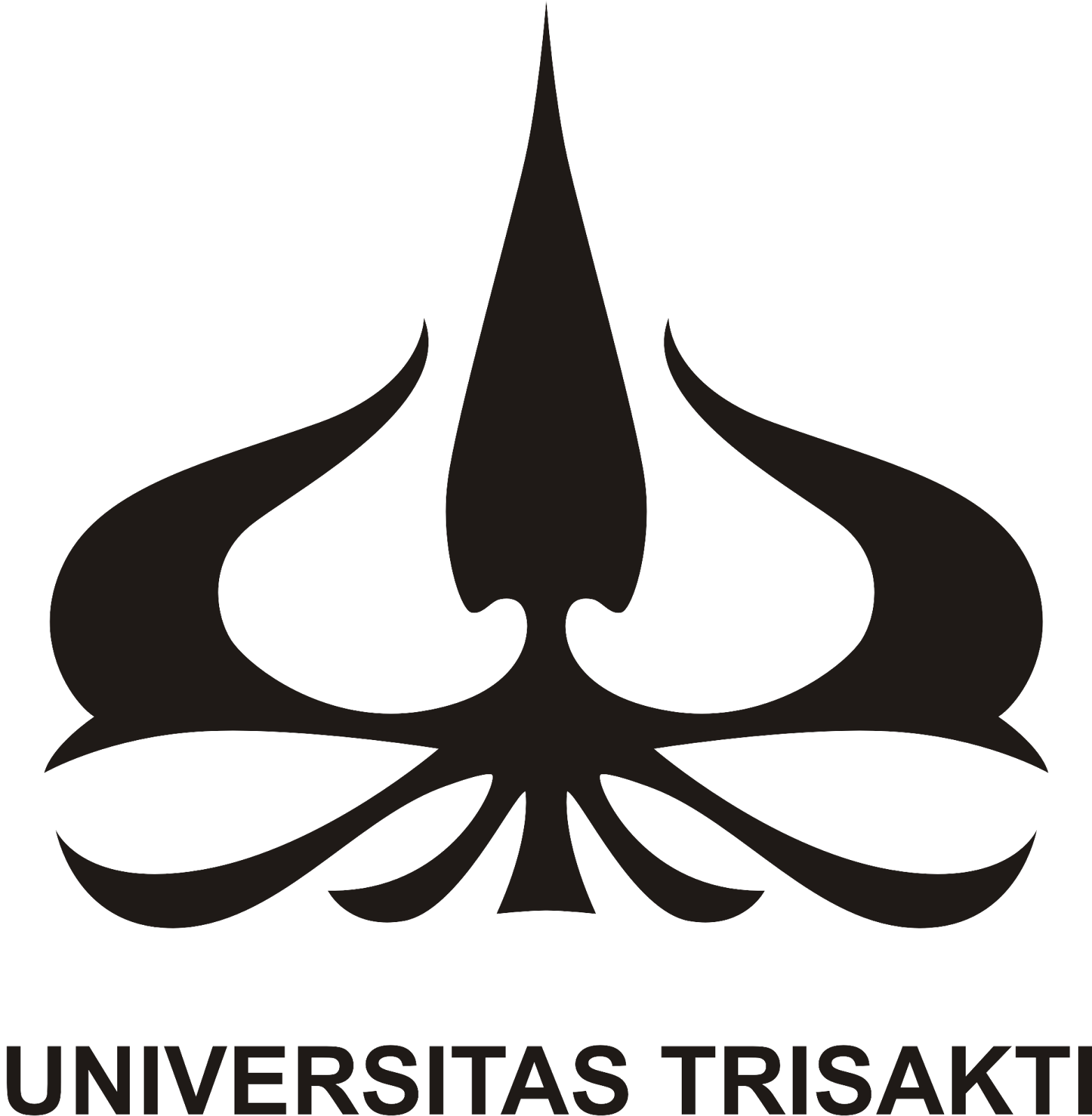
Treatment that’s being done to inhibit malocclusion when it started to develop is called interceptiveBackground:
orthodontic. Interceptive orthodontic treatment is performed during the mixed dentition period. Early detection for
interceptive orthodontic treatment needs in the mixed dentition period can be measured by Interceptive Orthodontic Care
Needs Index (ICON-I). One of the factors that can affect the need for interceptive orthodontic treatment is parent’s
education level. To find out the relationship between interceptive orthodontic treatment needs in children aged 8-Purpose:
11 years with parent’s education level at SDN Kenari 08 Central Jakarta. Intraoral examination in children with aMethod:
mouth mirror performed by a dentist using ICON-I. This type of research is analytic observational research with cross
sectional research design. Subjects of this research were 172 students at SDN Kenari 08 Central Jakarta. TheResult:
results of the examination using ICON-I showed 82 children (47,7%) required interceptive orthodontic treatment, 17
children (9,9%) did not require orthodontic treatment, and 30 children (17,4%) needed corrective orthodontic treatment.
Most of the parent’s education level was at the low level with a total of 129 people (75,0%). Based on Spearman’s
correlation test, the results showed significant relationship (p = 0,008). The results showed that there was aConclusion:
significant relationship between interceptive orthodontic treatment needs with parent’s education level.
Treatment that’s being done to inhibit malocclusion when it started to develop is called interceptiveBackground:
orthodontic. Interceptive orthodontic treatment is performed during the mixed dentition period. Early detection for
interceptive orthodontic treatment needs in the mixed dentition period can be measured by Interceptive Orthodontic Care
Needs Index (ICON-I). One of the factors that can affect the need for interceptive orthodontic treatment is parent’s
education level. To find out the relationship between interceptive orthodontic treatment needs in children aged 8-Purpose:
11 years with parent’s education level at SDN Kenari 08 Central Jakarta. Intraoral examination in children with aMethod:
mouth mirror performed by a dentist using ICON-I. This type of research is analytic observational research with cross
sectional research design. Subjects of this research were 172 students at SDN Kenari 08 Central Jakarta. TheResult:
results of the examination using ICON-I showed 82 children (47,7%) required interceptive orthodontic treatment, 17
children (9,9%) did not require orthodontic treatment, and 30 children (17,4%) needed corrective orthodontic treatment.
Most of the parent’s education level was at the low level with a total of 129 people (75,0%). Based on Spearman’s
correlation test, the results showed significant relationship (p = 0,008). The results showed that there was aConclusion:
significant relationship between interceptive orthodontic treatment needs with parent’s education level.